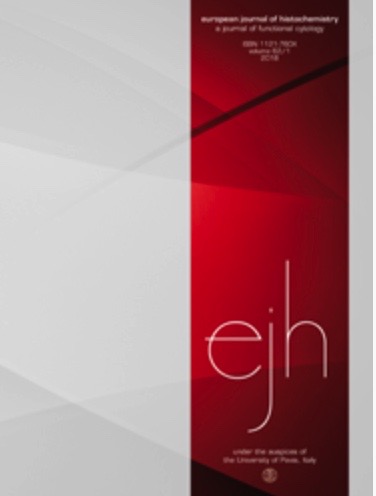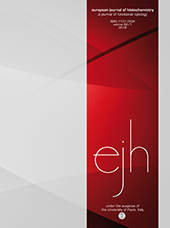 Smart Citations
Smart CitationsSee how this article has been cited at scite.ai
scite shows how a scientific paper has been cited by providing the context of the citation, a classification describing whether it supports, mentions, or contrasts the cited claim, and a label indicating in which section the citation was made.
Role of Zip1 in the regulation of NPY expression by MLT to promote fracture healing in rats
Our previous study documented that melatonin (MLT) induced the osteogenic differentiation of mesenchymal stem cells (MSCs) and promoted the healing of femoral fractures in rats via the neuropeptide Y (NPY)/neuropeptide Y1 receptor (NPY1R) signaling pathway. MLT treatment upregulated the expression of the zinc uptake transporter zinc transporter 1 (Zip1) in nerve cells. Prior research demonstrated that oral zinc upregulated NPY expression. MSCs were isolated from rat bone marrow and identified using flow cytometry in our study. The results showed that MLT treatment upregulated NPY and NPY1R levels in MSCs with osteogenic differentiation, which was accompanied by upregulated Zip1 expression. However, the MLT-induced osteogenic differentiation of MSCs was reversed after interference of Zip1 expression. It was confirmed by the decreased alkaline phosphatase (ALP) level; downregulated activities of type I collagen α1 chain (COL1A1), osteocalcin (OCN), runt-related transcription factor 2 (Runx2) and ALP; and reduced mineralized nodule formation. MLT promoted fracture healing in rats with femoral fracture, which was accompanied by increased expression of NPY and NPY1R and significantly increased expression of Zip1. In contrast, the silencing of Zip1 expression reversed MLT-mediated fracture healing. In summary, Zip1 participated in the regulation of the NPY/NPY1R signaling pathway via MLT to promote the osteogenic differentiation of MSCs and fracture healing.
How to Cite
PAGEPress has chosen to apply the Creative Commons Attribution NonCommercial 4.0 International License (CC BY-NC 4.0) to all manuscripts to be published.








